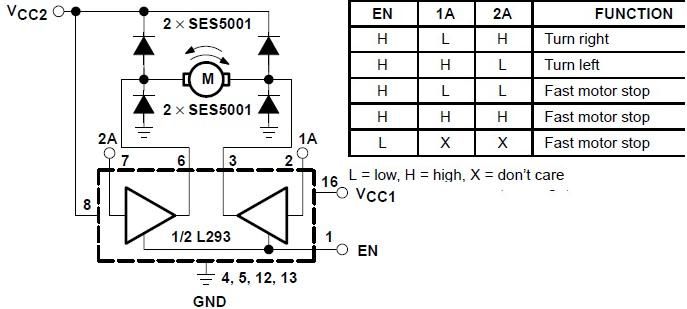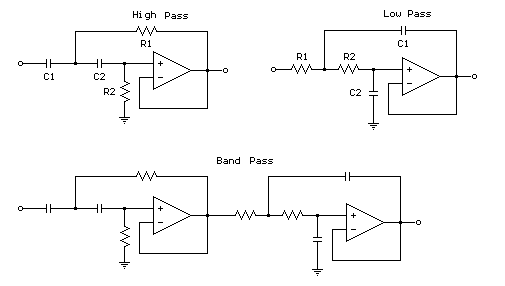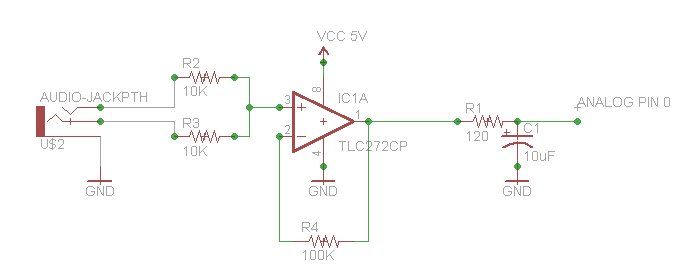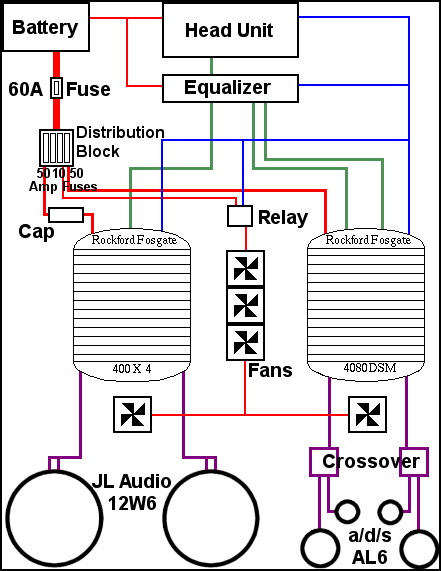
Car Stereo Amplifier Diagram and Schematics using TDA1553 IC
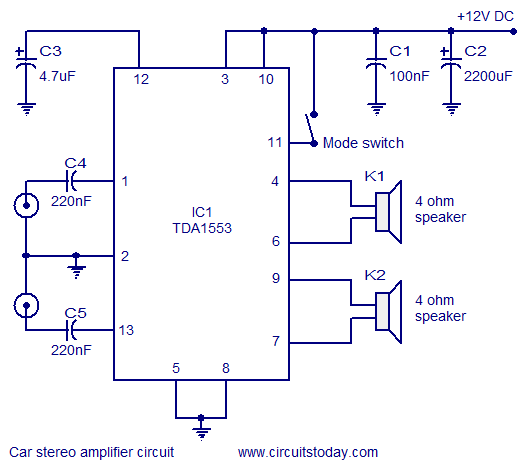
A car stereo amplifier circuit that can be used in automobiles, designed using the Class-B audio amplifier TDA1553, complete with a circuit diagram and schematics.
The car stereo amplifier circuit utilizes the TDA1553, a Class-B audio amplifier known for its efficiency and performance in automotive applications. This integrated circuit is designed to deliver high-quality audio output while minimizing power consumption, making it suitable for use in vehicles where space and energy efficiency are critical.
The TDA1553 can typically provide an output power of up to 2 x 22W at a load of 4 ohms, which is ideal for driving car speakers. The circuit configuration generally includes input capacitors to block any DC offset from the audio source, ensuring that only the AC audio signal is amplified. Feedback resistors are employed to set the gain of the amplifier, allowing for customization based on the specific requirements of the application.
Power supply decoupling capacitors are essential for stabilizing the voltage supplied to the amplifier, minimizing noise and distortion in the audio output. Additionally, the circuit may incorporate thermal protection features to prevent overheating, ensuring reliable operation over extended periods.
The schematic representation of the amplifier circuit typically includes connections for input, output, and power supply, clearly indicating the placement of each component. The layout should be designed to minimize interference and optimize signal integrity, with careful attention paid to the routing of power and ground traces.
Overall, the TDA1553-based car stereo amplifier circuit is a robust solution for automotive audio systems, providing excellent sound quality and efficiency while being easy to implement with standard electronic components.A car stereo amplifier circuit that can be used in automobiles, designed using Class-B audio amplifier TDA1553, with circuit diagram and schematics.. 🔗 External reference
The car stereo amplifier circuit utilizes the TDA1553, a Class-B audio amplifier known for its efficiency and performance in automotive applications. This integrated circuit is designed to deliver high-quality audio output while minimizing power consumption, making it suitable for use in vehicles where space and energy efficiency are critical.
The TDA1553 can typically provide an output power of up to 2 x 22W at a load of 4 ohms, which is ideal for driving car speakers. The circuit configuration generally includes input capacitors to block any DC offset from the audio source, ensuring that only the AC audio signal is amplified. Feedback resistors are employed to set the gain of the amplifier, allowing for customization based on the specific requirements of the application.
Power supply decoupling capacitors are essential for stabilizing the voltage supplied to the amplifier, minimizing noise and distortion in the audio output. Additionally, the circuit may incorporate thermal protection features to prevent overheating, ensuring reliable operation over extended periods.
The schematic representation of the amplifier circuit typically includes connections for input, output, and power supply, clearly indicating the placement of each component. The layout should be designed to minimize interference and optimize signal integrity, with careful attention paid to the routing of power and ground traces.
Overall, the TDA1553-based car stereo amplifier circuit is a robust solution for automotive audio systems, providing excellent sound quality and efficiency while being easy to implement with standard electronic components.A car stereo amplifier circuit that can be used in automobiles, designed using Class-B audio amplifier TDA1553, with circuit diagram and schematics.. 🔗 External reference

